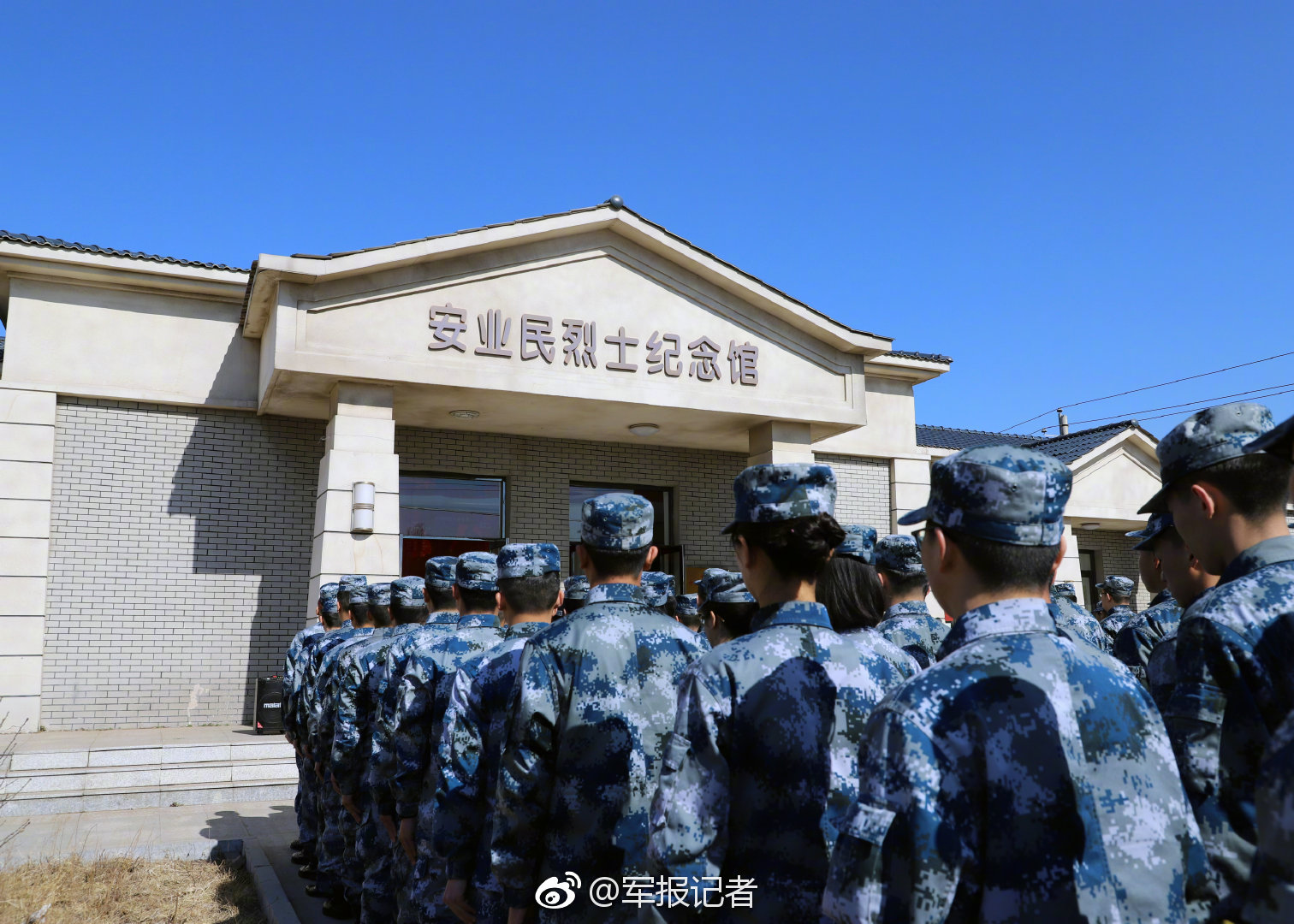You may remember the great tech crisis of 2014: Email was broken! We were getting so overwhelmed by the deluge of messages flooding our inboxes that we were missing more of the important ones. Our inboxes had evolved from helpful, at-times-cheery ("You've got mail!") tools into overstuffed lockers of digital dread.
I'm not talking about about spam, either. That problem was more or less solved in the late 2000s with better filtering. But as email evolved to become the primary method of "asynchronous messaging" — basically, messages you can get to later — it began to include every newsletter, deal offer, message, bank statement, receipt, and notification that we, in some way, asked for.
SEE ALSO:We've been waiting for this iOS 11 Gmail update for a long timeThis growing torrent of not-quite-spam-but-still-annoying messages was a primary problem with email, and certainly one of the factors behind why messaging apps like WhatsApp, Snapchat, and even Slack began to really take off. There's a lot to be said for real-time connections to friends and colleagues without the borderline-worthless dross.
But the email address has been, and will continue to be, the first part of establishing an identity online, especially for anyone with a job. Even the trendy new app Blind — where all the users work at tech companies — verifies its users via email.
You don't hear about any of these attempts to "re-invent" email anymore.
So we can't stop using email, but many companies thought, "surely there's a way to fix it?" Google took one of the most promising swings with Inbox, a mobile-first app that changed how your inbox worked, applying artificial intelligence to group together similar types of messages and offering new tools like the ability to "pin" messages.
Others tried, too. Microsoft introduced Clutter, which promised to elevate only the most important messages in your inbox. And IBM took a shot at merging email with other resources and apps — like to-do lists, calendars, and meeting documents — to create a smarter, more connected inbox called Verse.
The funny thing is, you don't hear about any of these attempts to "re-invent" email anymore. Inbox is still around (and no doubt has fans), but it's hardly replaced Gmail. Clutter got downgraded to become the "Focused Inbox" in Outlook. And the paltry seven reviews for Verse in the App Store — many of which are 1-star — speak for themselves.
Why didn't any of these work? Because, for what email was designed for — sending general, non-real-time messages with the option of attachments — nothing works better, both as a medium and as a user experience. Think of why the Gmail inbox looks pretty much the same as it did 10 years ago: Its purpose is to show you enough information about each message so you — a human — can judge which ones merit your attention from a quick "scan" of the pane.
Contrast Gmail's main screen with Inbox's:
 Gmail's inbox: neat and familiar
Gmail's inbox: neat and familiar Google Inbox: WTF even is this?
Google Inbox: WTF even is this?Inbox has more color, more symbols, and more sections — and therein lies the problem. Anyone who's trained their digital muscle memory with a decade of answering emails will get lost in the morass of UI elements. I suspect most people who download Inbox, even those who give it a real chance, find themselves running back to the familiarity of the Gmail inbox very quickly.
But doesn't that leave us in the same email lurch everyone was screaming about three years ago? Not quite. As messaging apps and platforms have risen, our overall online conversation has gotten more "synchronous." As a consequence, email has gotten more immediate, too, and older conversations in your inbox have less and less meaning. You can pretty much forget old emails -- anything beyond the first couple of pages of your inbox may as well be archived anyway. In other words, it's a lot easier to reach "Inbox Zero" these days.
And it's not like email hasn't changed at all. Gmail's tabs and Outlook's Focused Inbox work well at demoting less-important emails without blowing up the entire UI. Inbox's quick replies have made it into Gmail, and they're often useful. And pretty much any email service worth its salt today comes with lots of storage, a good search function, and inbox consolidation from multiple services — all of which have eased the worst pain points of the past.
But re-inventing email? No need. Email was never irretrievably broken. You can add all the gizmos to an email inbox that you want, but at the end of the day, that familiar plain, democratic list of messages just can’t be beat.
Featured Video For You
This drone will get your mail
TopicsGoogle


 相关文章
相关文章




 精彩导读
精彩导读


 热门资讯
热门资讯 关注我们
关注我们
